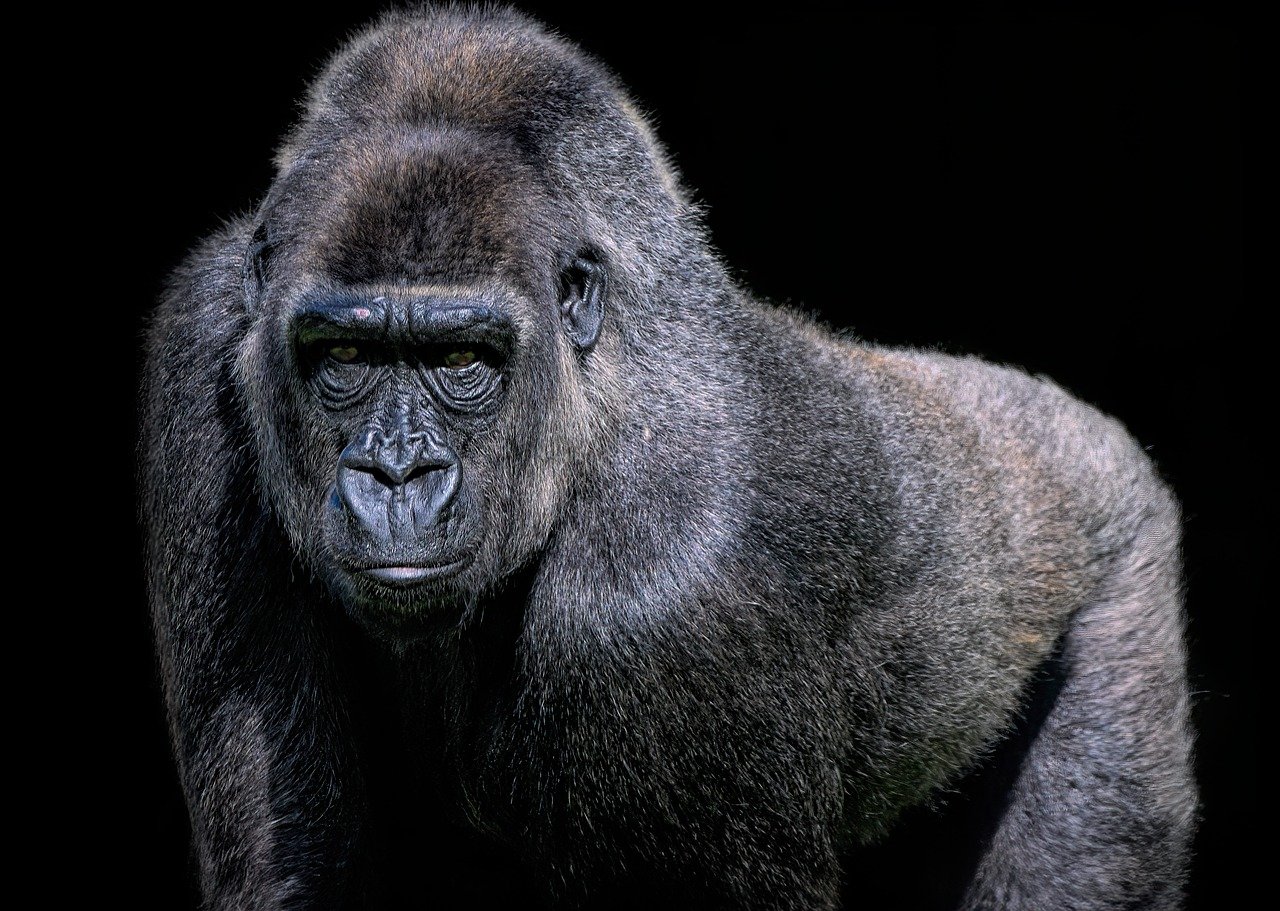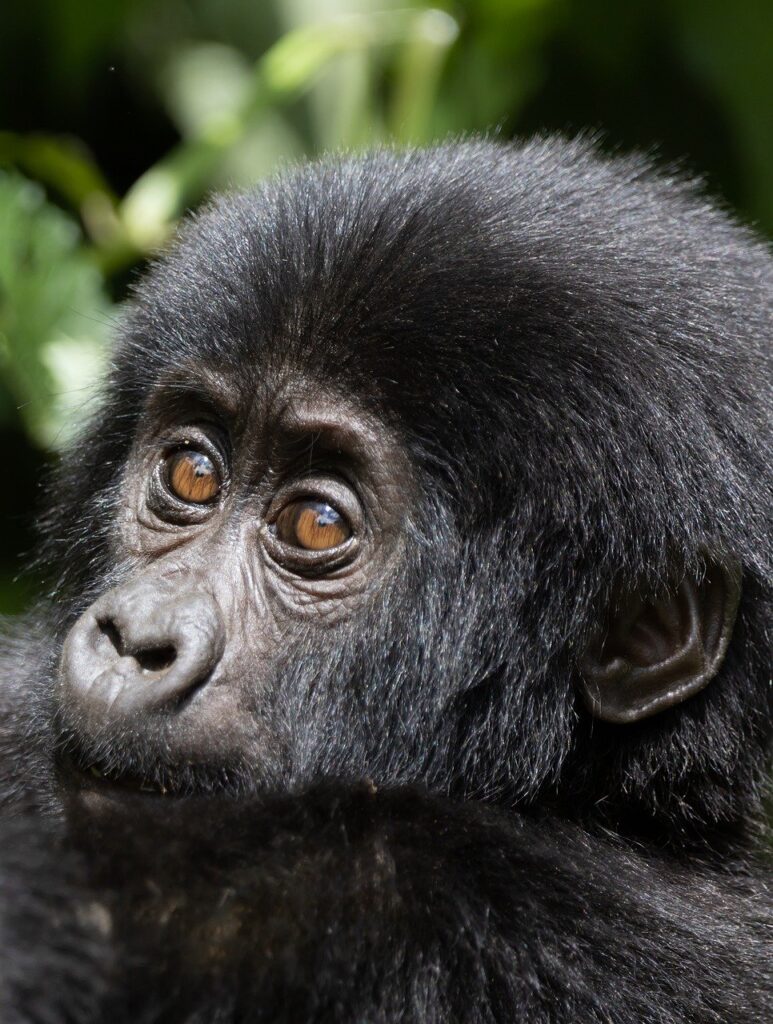Gorilla Tracking in Africa
Gorilla tracking is one of the most memorable wildlife experiences you can have, allowing you to observe mountain gorillas in their natural habitat. Here’s a comprehensive overview of what to expect and how to prepare:.
Destinations for Gorilla Tracking
Bwindi Impenetrable National Park, Uganda
Overview: Located in southwestern Uganda, Bwindi is home to nearly half of the world’s mountain gorillas. The park is renowned for its dense forest and rich biodiversity.
Highlights: 18 habituated gorilla families for tracking, diverse bird species, and stunning landscapes.
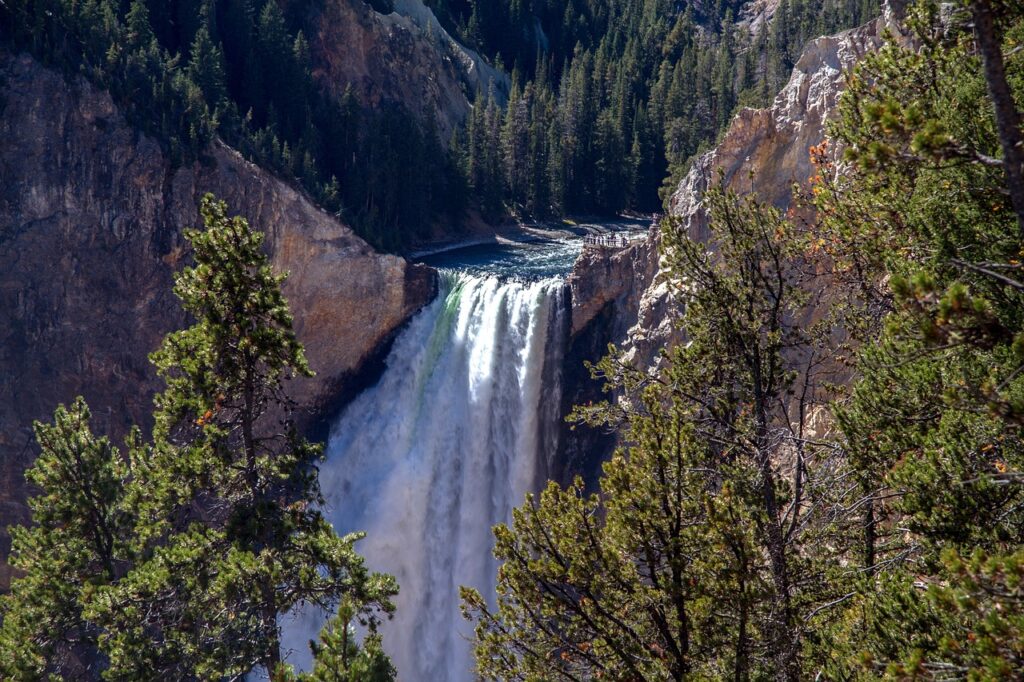
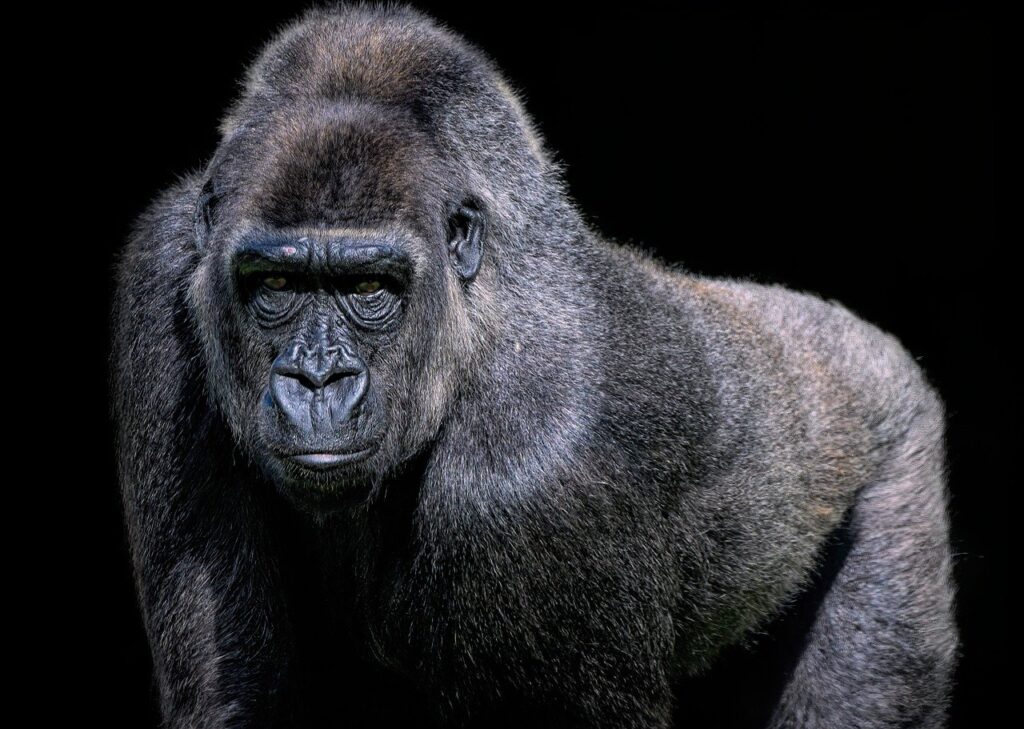
Mgahinga Gorilla National Park, Uganda.
Overview: Situated in southwestern Uganda, this park is part of the Virunga Mountains, shared with Rwanda and the Democratic Republic of Congo.
Highlights: Fewer tourists compared to Bwindi, beautiful volcanic scenery, and opportunities to see golden monkeys as well.
Conservation and tips
Conservation: Gorilla tracking permits help fund conservation efforts and support local communities. Respecting the rules and guidelines helps protect these endangered species.
Etiquette: Follow the instructions of your guides, avoid making sudden movements or loud noises, and never feed or touch the gorilla.
Volcanoes National Park, Rwanda
Overview: Located in the northwestern part of Rwanda, this park is also part of the Virunga Mountains and is known for its successful gorilla conservation efforts.
Highlights: Several habituated gorilla families, scenic volcanic landscapes, and proximity to the city of Kigali.
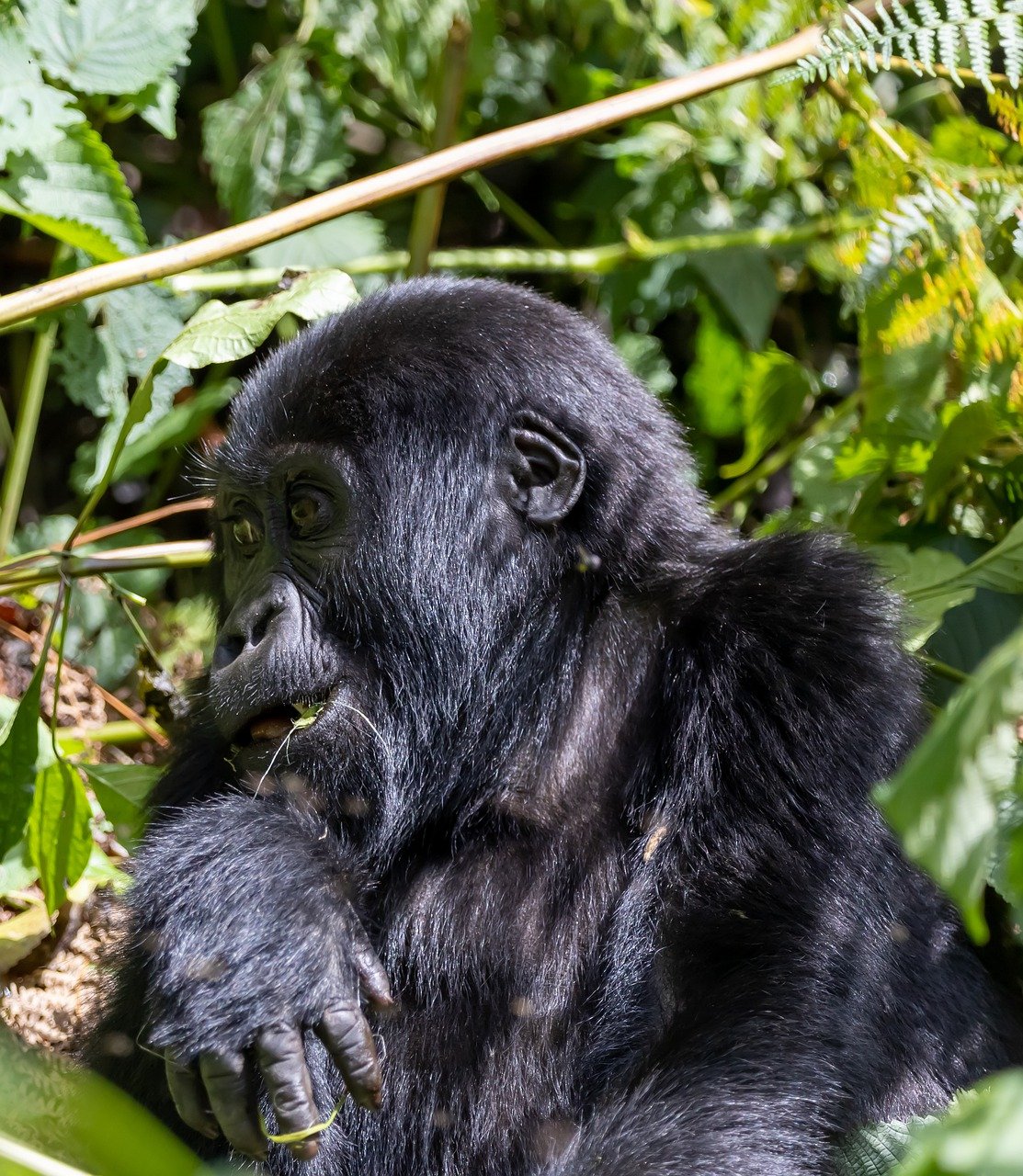
Gorilla Tracking from Kenya
Day 1: Transfer to the Nairobi Airport for a flight to Uganda. Met on arrival and transfer to a hotel for overnight.
Day 2: After breakfast drive to Bwindi forest National Park for overnight.
Day 3: Whole day tracking gorilla. overnight at bwindi forest park.
Day 4: After breakfast drive back to Kampala for your flight back to Nairobi.
Virunga National Park, Democratic Republic of Congo.
Located in the eastern part of the DRC, Virunga is another crucial habitat for mountain gorillas and is part of the Virunga Massif.
Highlights: Less frequently visited due to security concerns, but offers a more adventurous experience with fewer tourists.

Guided Trekking
Guides: You will be accompanied by experienced guides and trackers who know the gorillas’ habits and movements.
Duration: Trekking can last from a few hours to a full day, depending on the location of the gorilla family you’re visiting.
Physical Demands
Fitness: Gorilla tracking can be physically demanding, requiring a reasonable level of fitness. The terrain is often rugged and may involve steep climbs.
Altitude: Some areas are at high altitudes, which can make trekking more challenging.
What to Bring
Clothing: Wear long sleeves, long pants, and sturdy hiking boots to protect against scratches and insects. Bring rain gear, as weather can be unpredictable.
Gear: A walking stick, binoculars, a camera with a zoom lens (if permitted), and plenty of water are useful.
Encountering the Gorillas
Duration: Once you locate the gorillas, you typically have one hour to observe them.
Behavior: Maintain a respectful distance (usually around 7 meters or 21 feet) and follow the guidelines provided by your guides to ensure both your safety and the gorillas’ well-being.
Experience: Observing gorillas in their natural environment is a profound experience, as they exhibit complex social behaviors and emotions.
Gorilla tracking offers a unique opportunity to connect with one of the world’s most charismatic and endangered species. With proper preparation and respect for the environment, it can be an unforgettable highlight of any safari or adventure trip.

